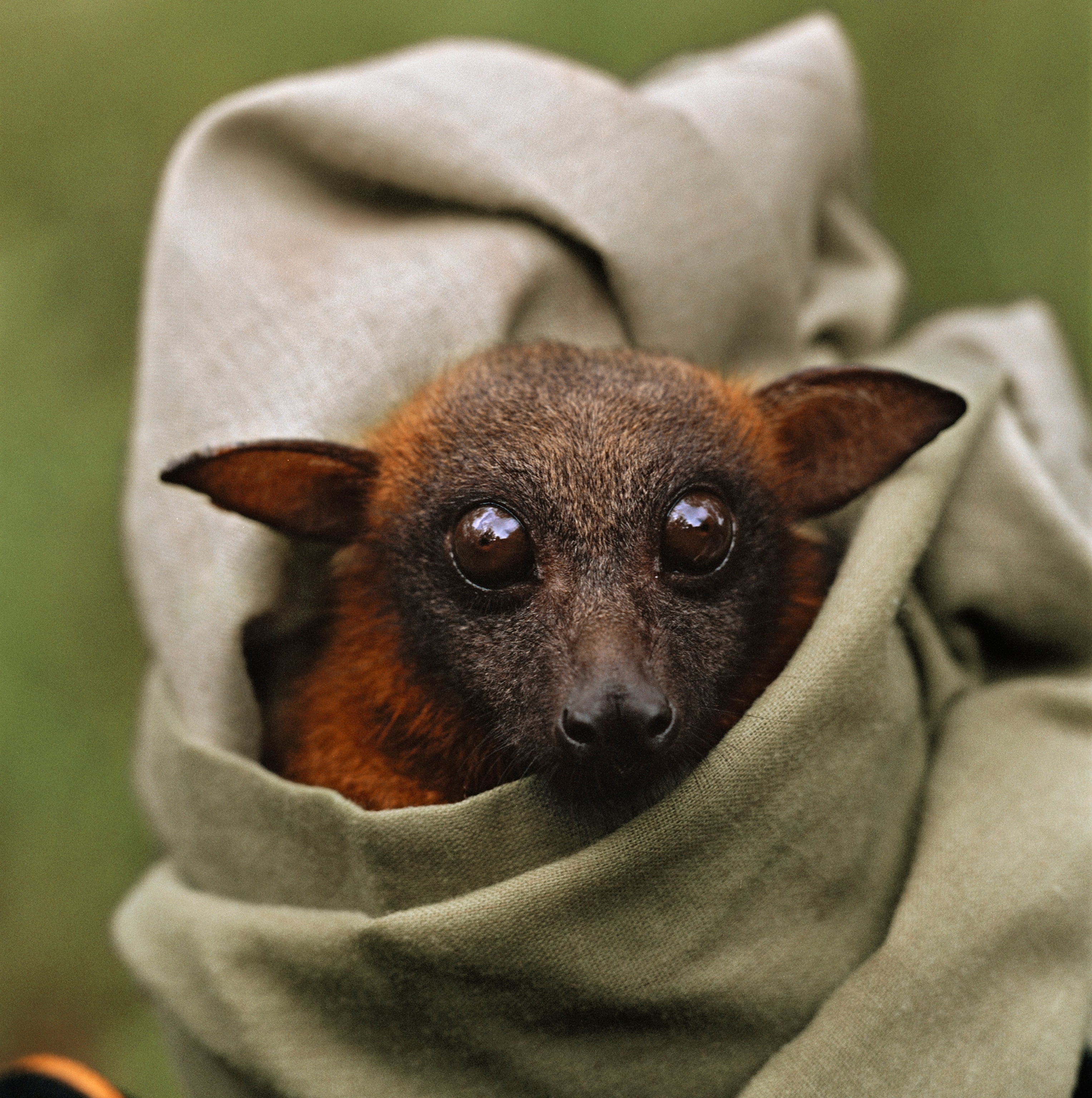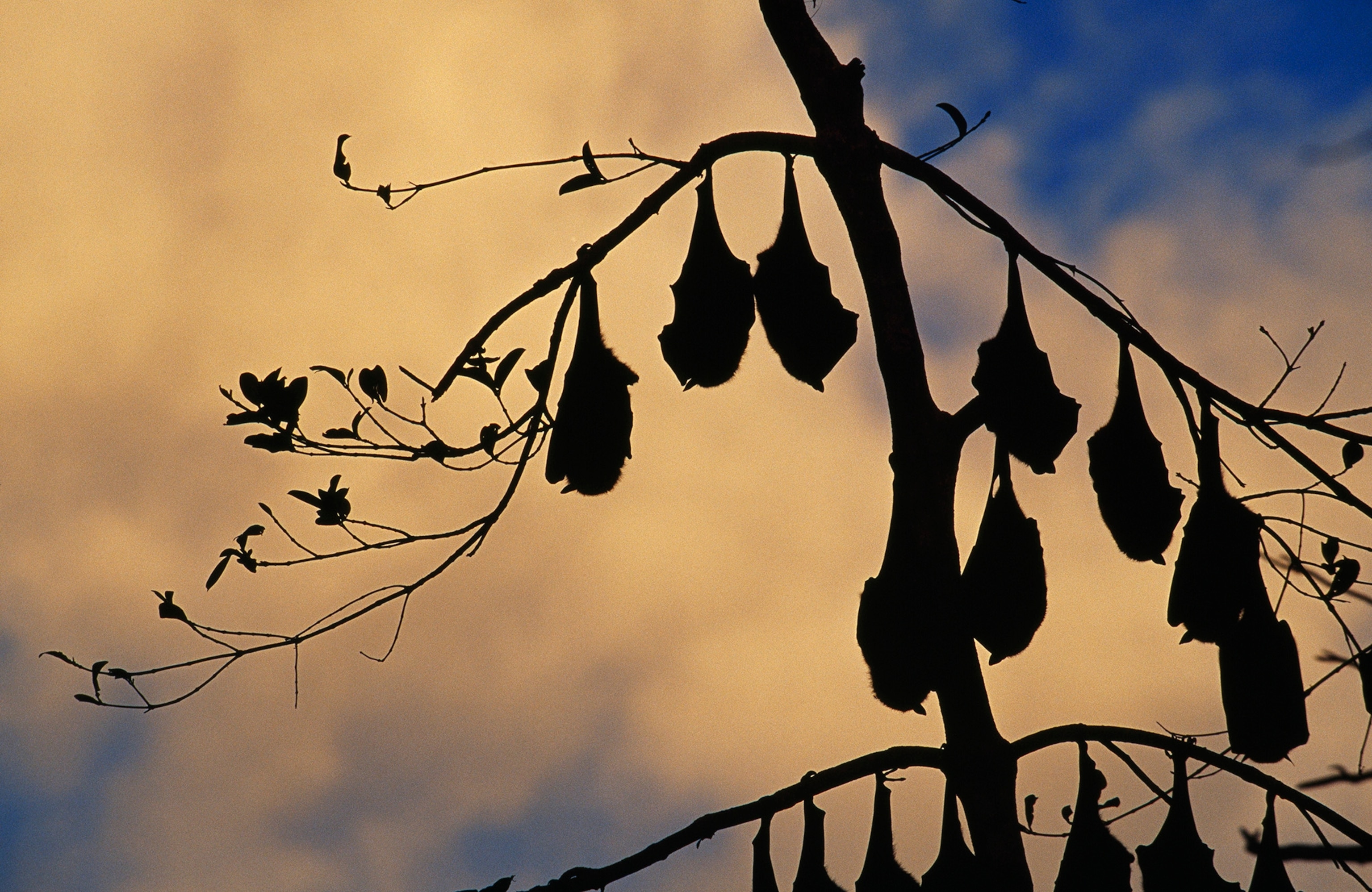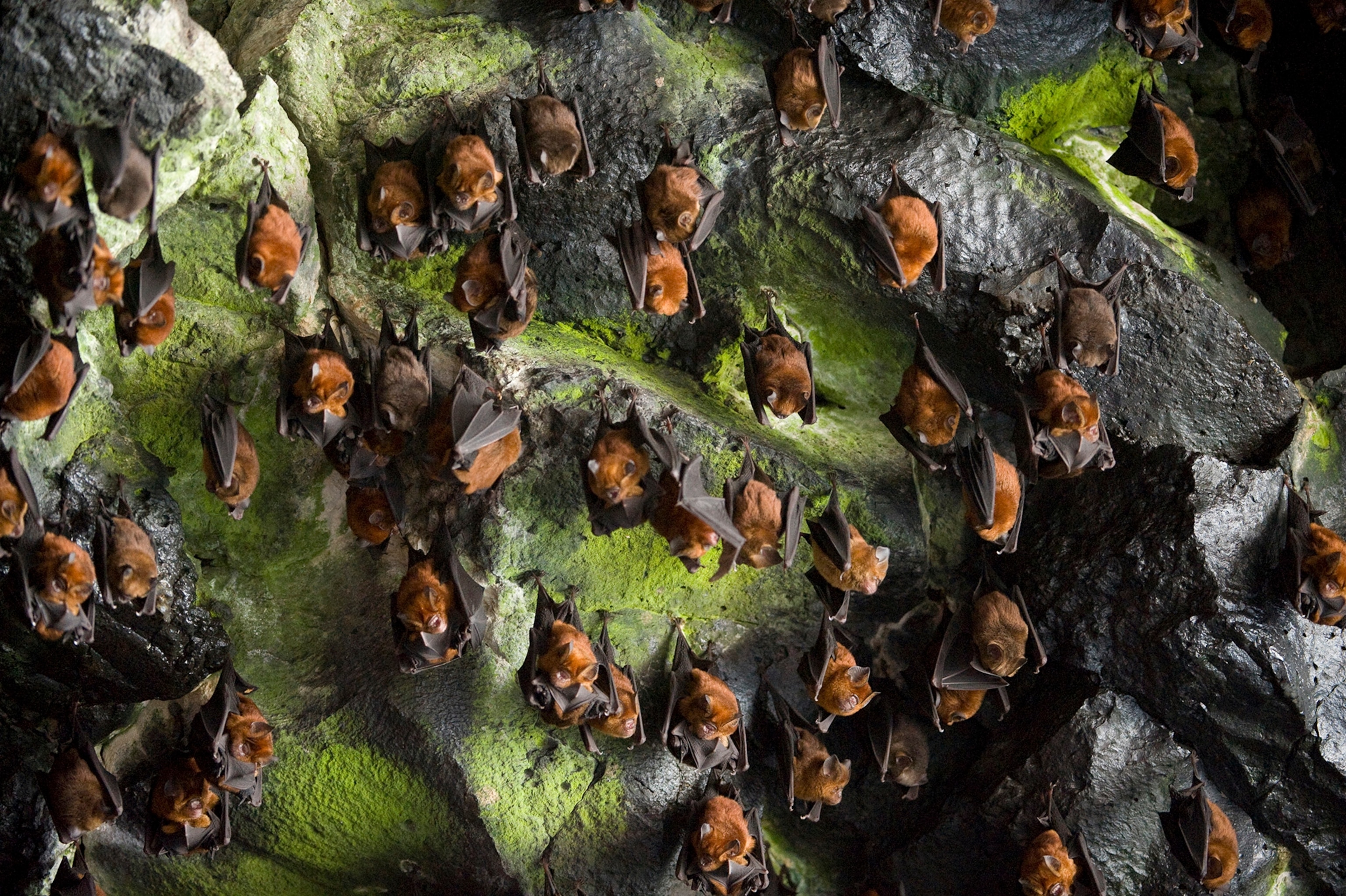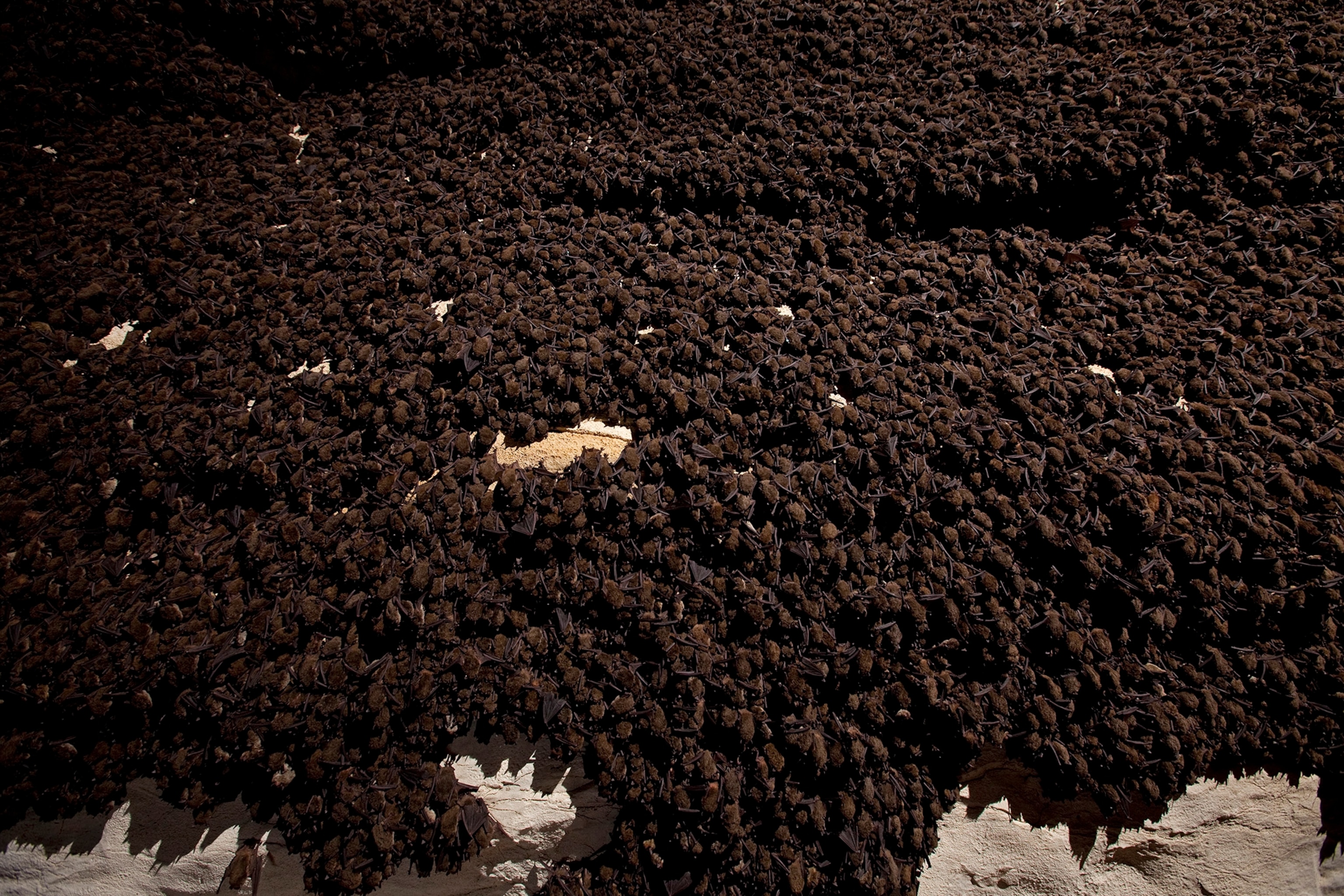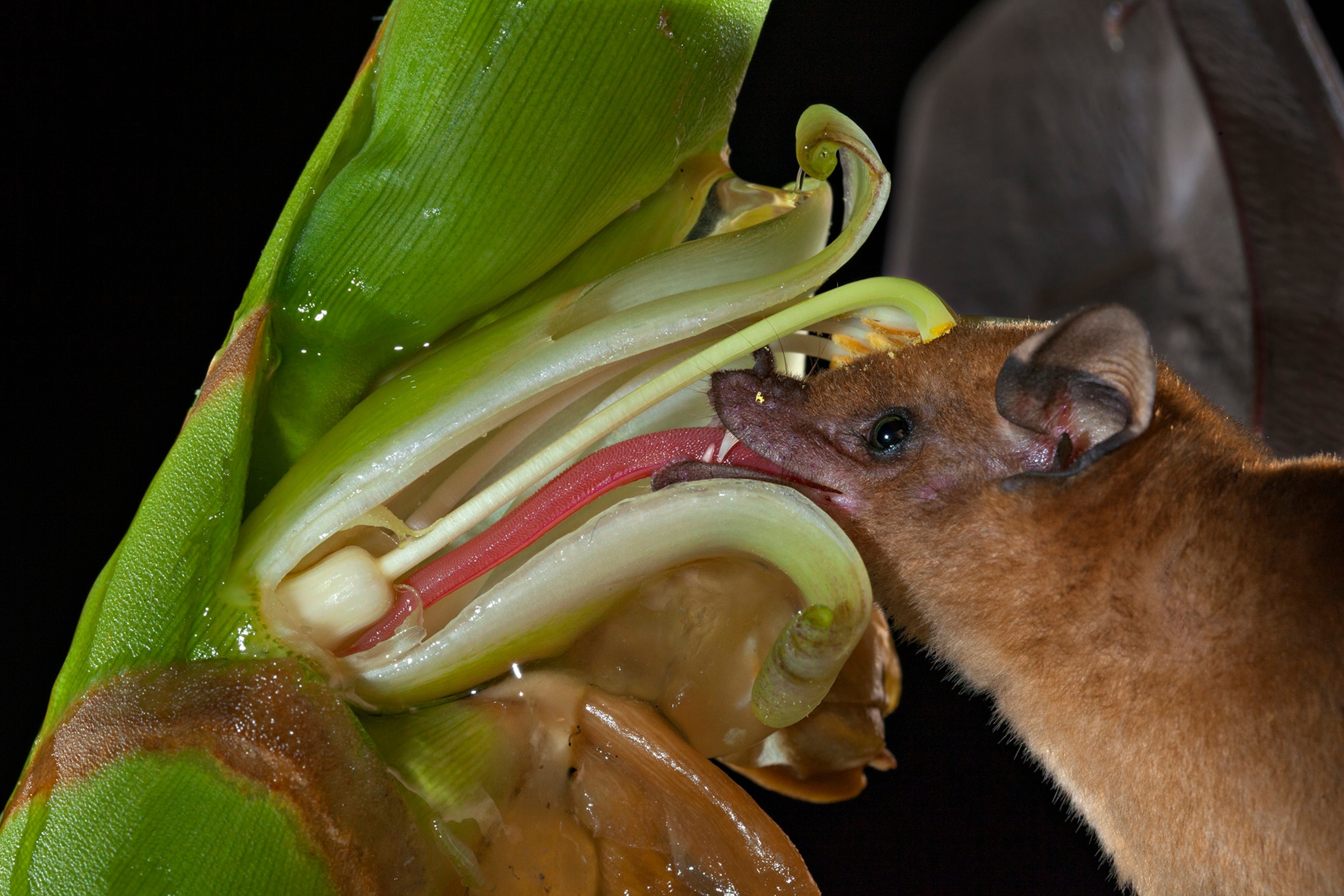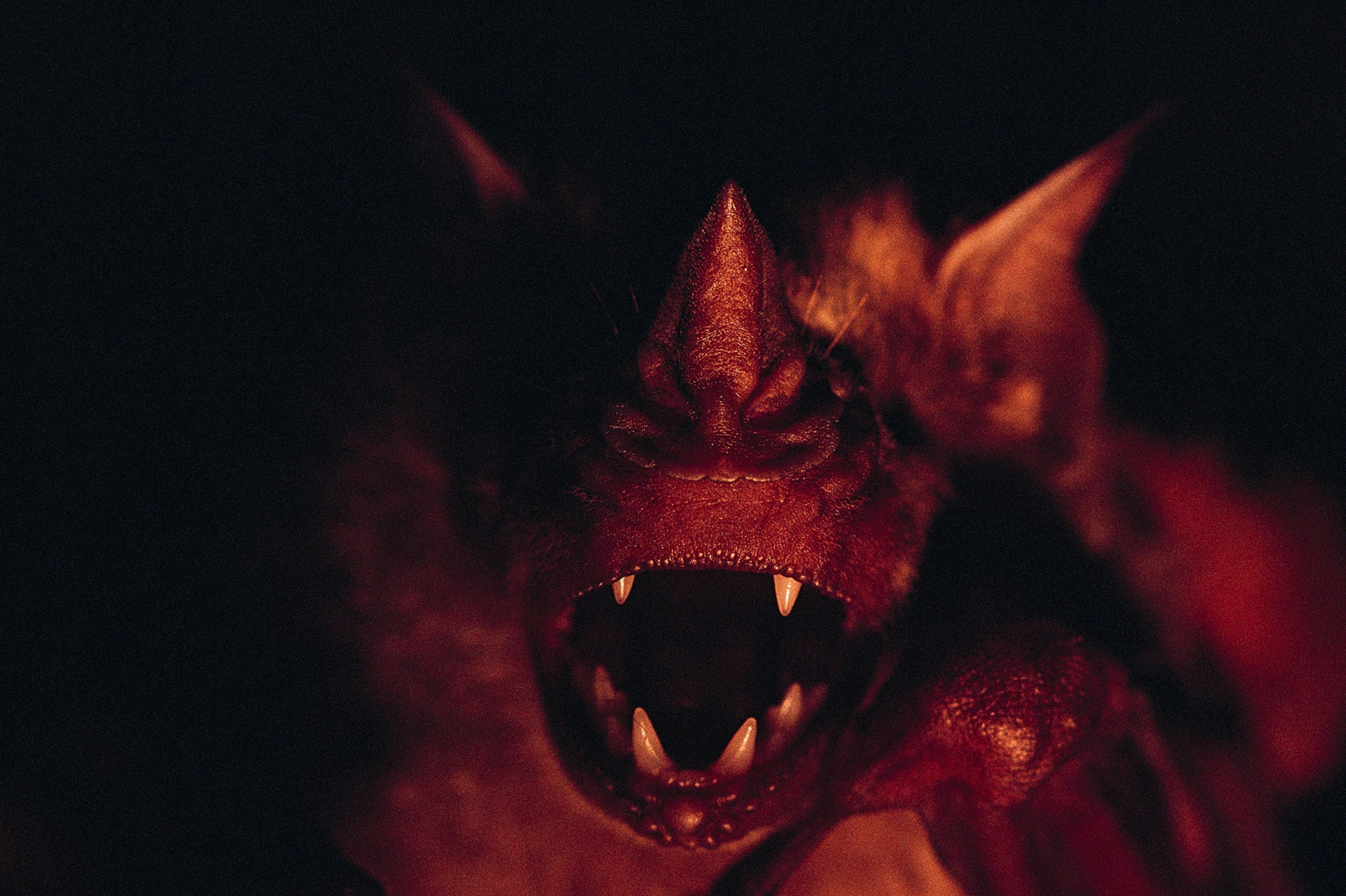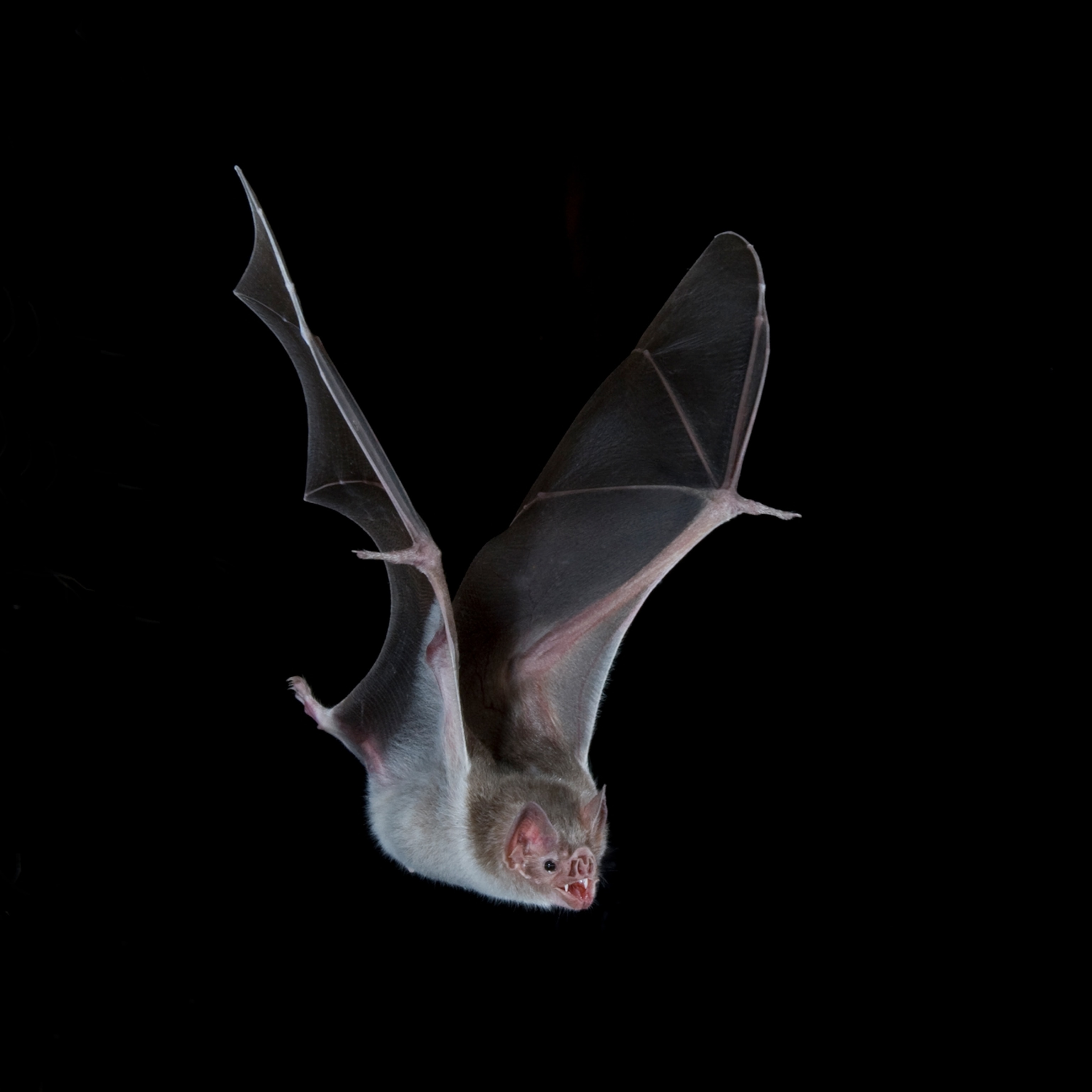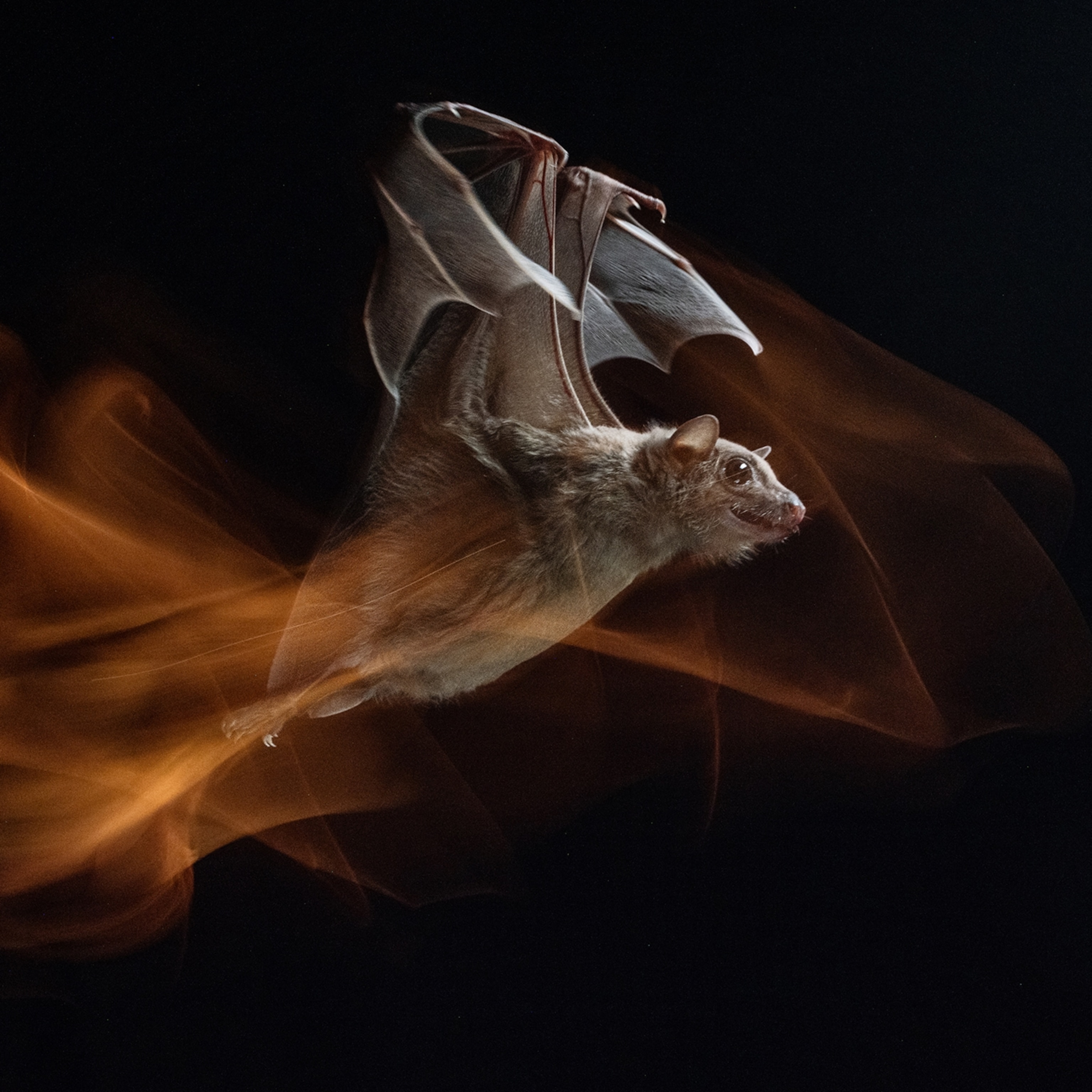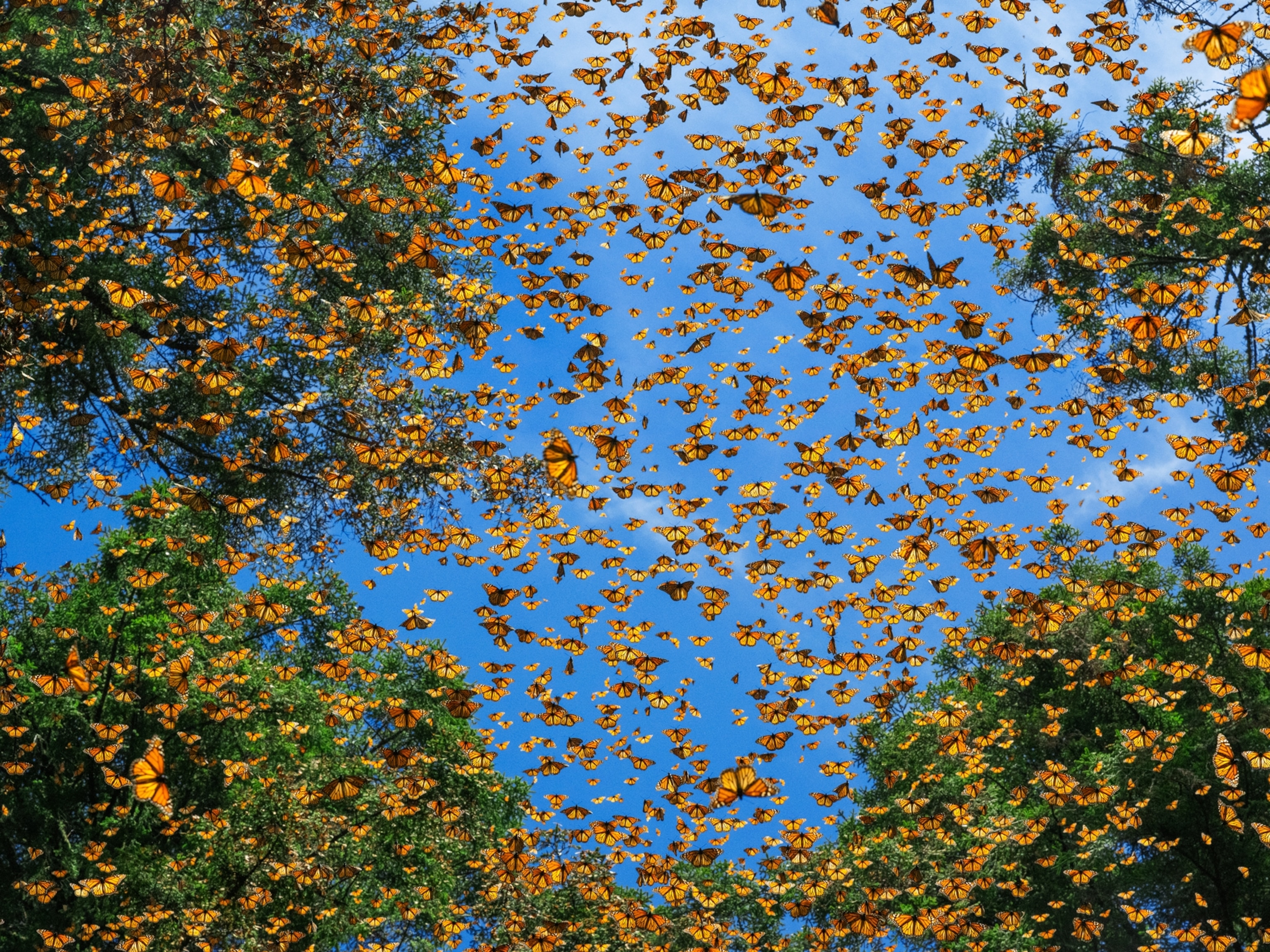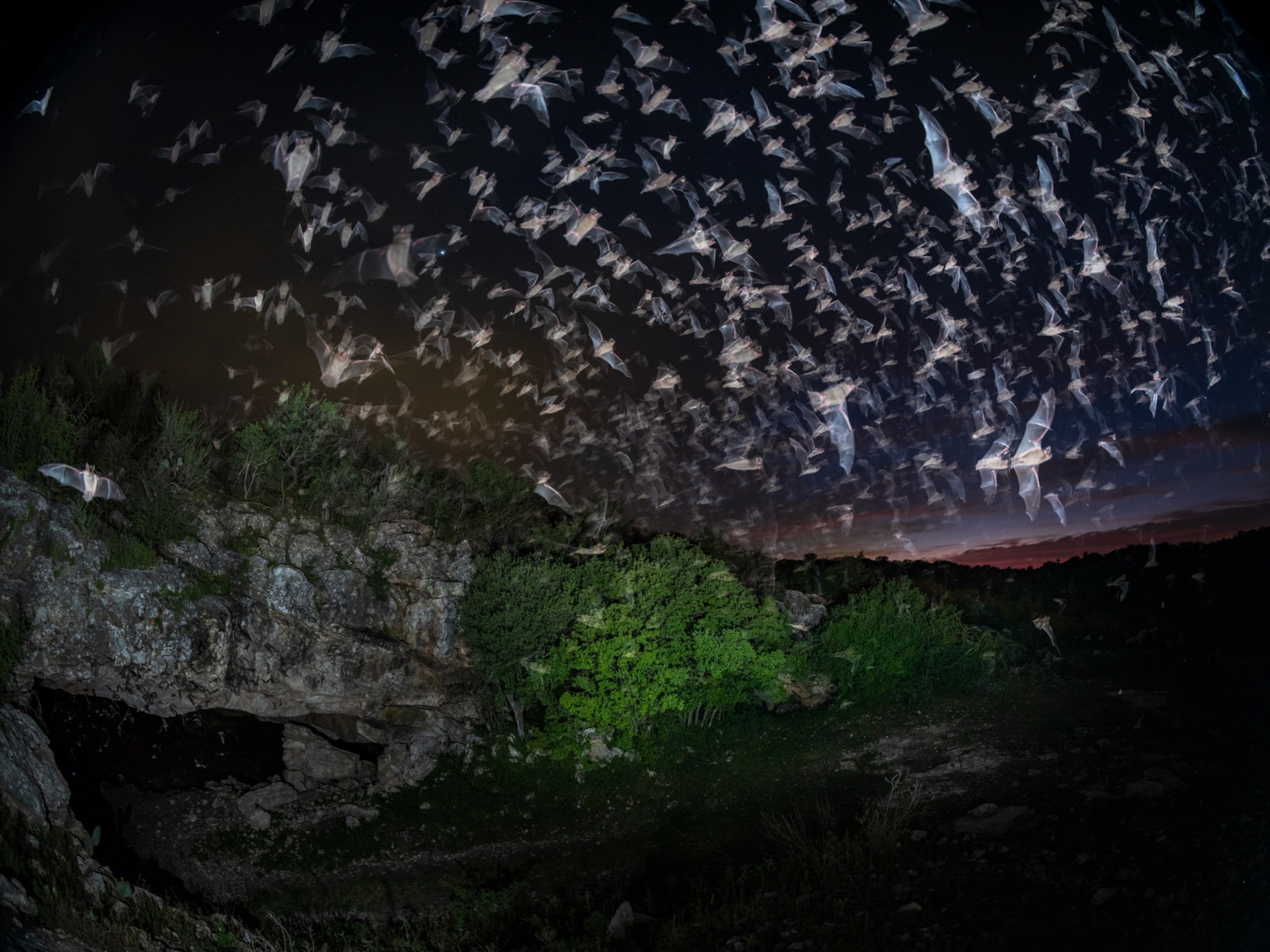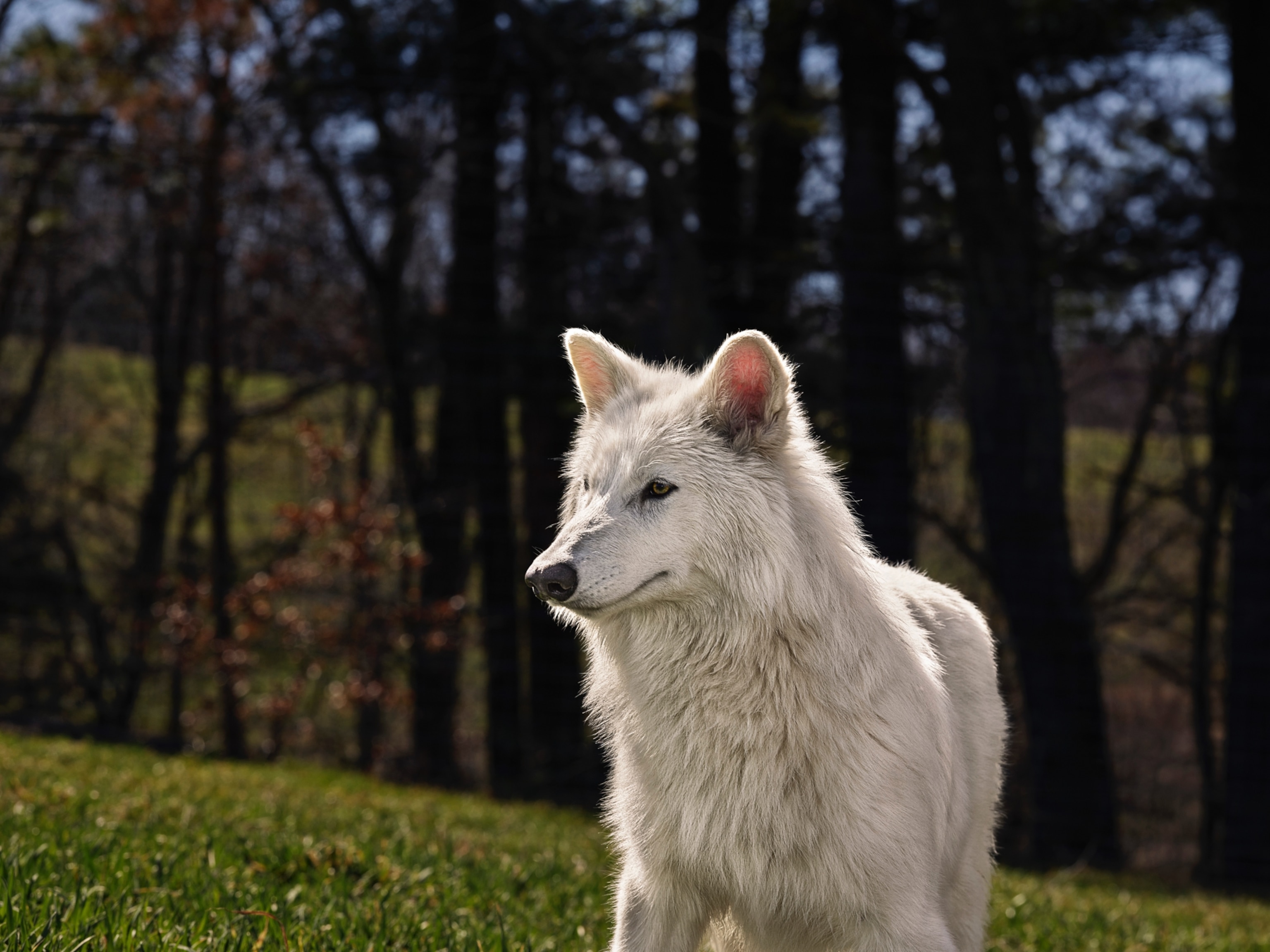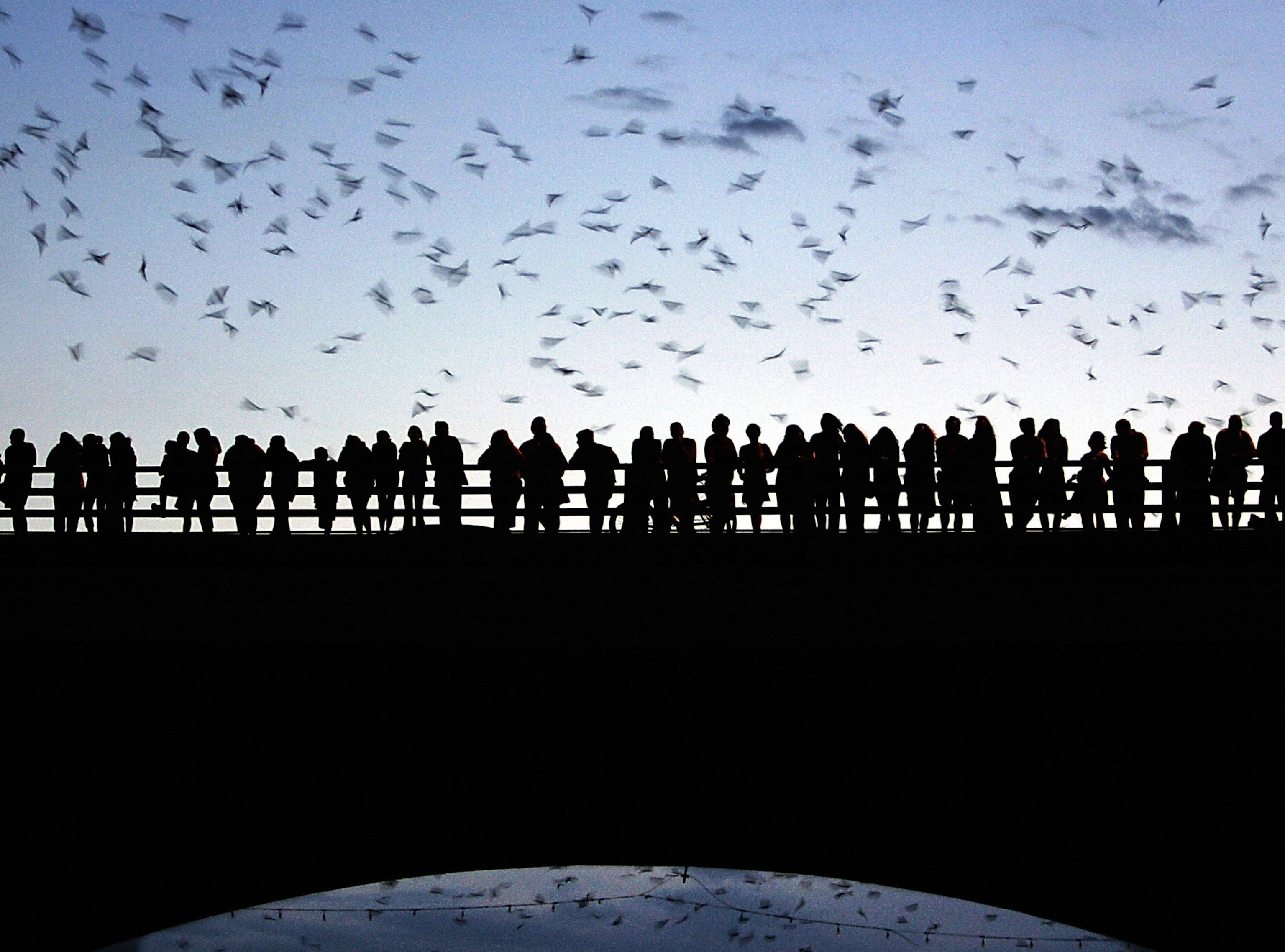
This Book Drives a Wooden Stake Into The Mythology of Bats
In these tales from the bat cave, researcher Merlin Tuttle explains why we have nothing to fear from, and everything to thank for, these flying mammals.
As the Northern Hemisphere shifts into fall, days grow short and nights grow long. It’s the spooky season and time for Halloween when the imagination drifts to witches, ghosts and things that go bump in the night—like vampires and bats.
But Merlin Tuttle, one of the world’s most respected experts on bats and author of The Secret Lives Of Bats: My Adventures With The Most Misunderstood Mammals, argues we have got it all wrong and sets us straight about the denizens of the night.
Speaking from his home in Texas, he explains why bats have been victims of a bum rap; how Austin has turned a huge bat colony into a tourist attraction; and how he once found himself face to face with a king cobra.
You were a teenager when you discovered the magic of bats. Tell us about your experience in Baloney Cave when you were seventeen.
A friend told me that there were bats in a cave not far from where we lived in Tennessee and was curious to see them. I was already interested in wildlife, particularly small mammals, and didn’t know much about bats but I convinced my father to come with me.
It was a beautiful spring day, with honeysuckle in bloom and we had to walk through a forest of towering old trees until we came to a hole in the ground that looked like a trap, but was actually a cave, used not only by bats but also by moonshiners!
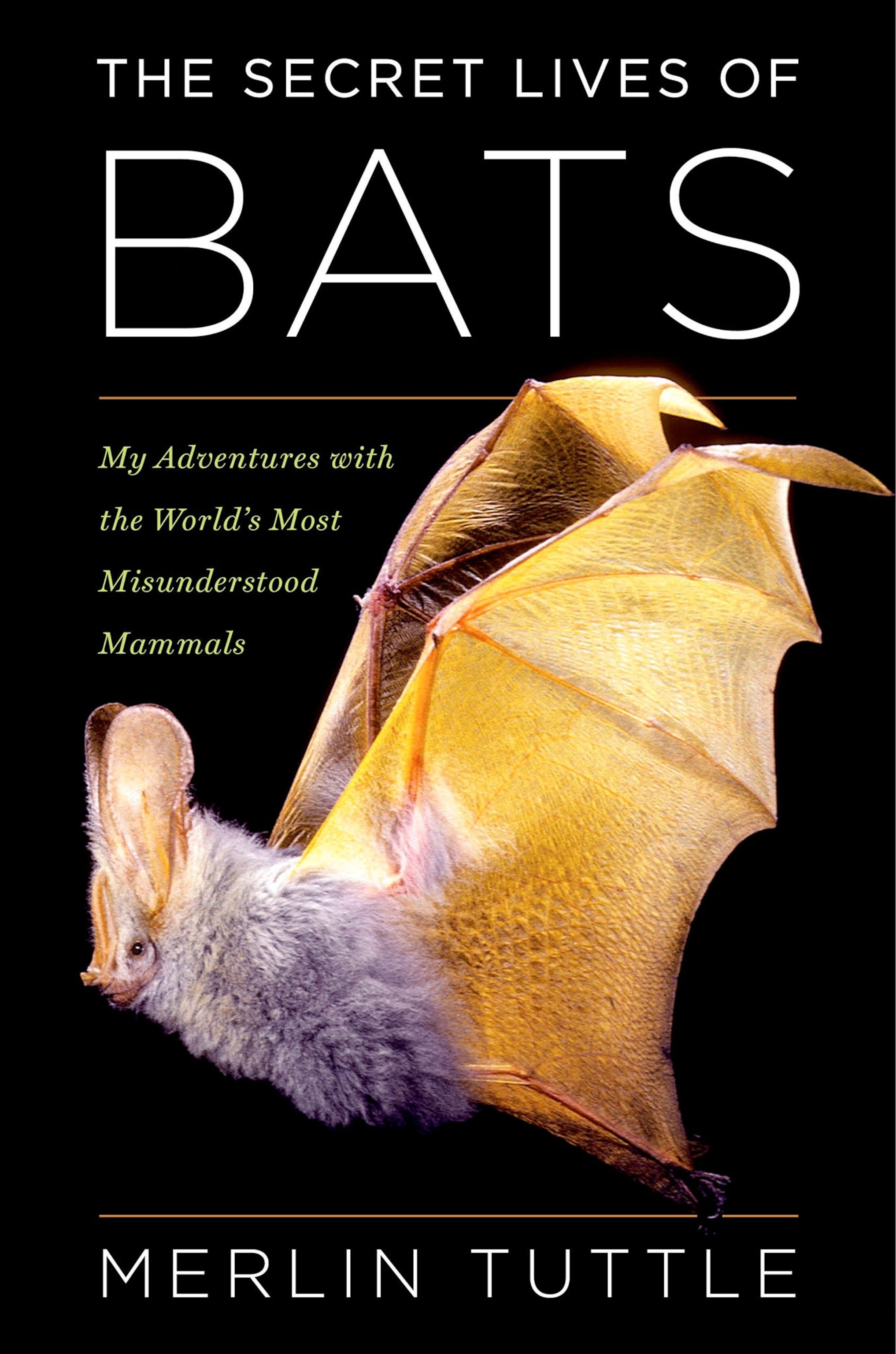
We got into a strange situation, because I inadvertently trapped the bats by coming into the cave through the same tunnel they used to exit, and I scared them. There were hundreds of them panicking to get away from me. I was practically buried by bats [Laughs]. I had them crawling down my shirt, up my sleeves, all over the place, and I just had to hold still while they escaped.
But these colonial bats are incredibly gentle animals, and were far more afraid of me than I was of them. I began to frequent the cave and ended up banding thousands of them.
Why do we associate bats with vampires and things that go bump in the night?
We tend to fear most what we understand least. Indonesia’s fruit bats (called Flying Foxes) are gigantic. They have a three- to nearly six-foot wingspan and live out in the open where people can see them easily. They are eulogized as folk heroes there. Nobody’s afraid of bats when they see them and understand them. The bats people are really afraid of are the tiny insect eating bats that live in caves and attics. People tend to find them in the dark or in their house and get surprised and scared because they’ve never seen them before.
A lot of people are also afraid of getting rabies from bats, but you’re not likely to be bitten or to get a disease if you just leave them alone and don’t go around picking up sick ones you find on the ground. Like any animal, a bat will bite in self-defense if it thinks you’re going to eat it or hurt it, but even a sick bat is very unlikely to become aggressive and attack.
In my entire 55-year long career studying bats, I have never been attacked by a one. I have never documented an aggressive bat attacking anyone, and I have never contracted a disease from a bat.
There is real cause for concern in South America where cattle farming has increased the population of vampire bats. Are you saying vampire bats are not aggressive? Convince me.
Well, a vampire bat is not gentle if you grab him. He will certainly bite and you won’t like the result. But vampire bats do not go around looking for trouble. You might hear of clouds of bats attacking people, but vampire bats are very shy. They might sneak up on you in your sleep if you’re out in the jungle without a mosquito net (a bad idea, bats or no bats!) You probably wouldn’t even feel a bite from a vampire bat, because they have a special way of making incisions so they don’t wake their victims.
I’ve captured vampire bats and they can be just as tame as hamsters. Scientists who have studied vampires find them to be very sociable; they recognize individual humans and express affection to their keepers. Bats in general live in sophisticated social systems, strikingly similar to those of higher primates like whales and dolphins.
16 Thrilling Pictures of Bats
The problem in South America started when we began cutting rainforests and replacing them with cattle ranches. I have worked extensively in South America and I’ve rarely ever seen a vampire bat away from where humans were keeping domesticated animals. Once people cut the rainforest and bring in cattle, pigs, or other animals, vampire bat populations grow.
You see headlines about vampires supposedly going after people. The sad thing is that 95 percent of what people hear about bats is about vampire bats and the risk of blood diseases. Vampire bats don’t even amount to a one-tenth of one
percent of the world’s bat species, and they’re found only in Latin America, mostly around cattle ranches.
In Austin, Texas, you were able to help conserve the largest bat colony in the United States, which is now a major tourist attraction that brings in 12 million dollars a year to Austin. Tell us about it.
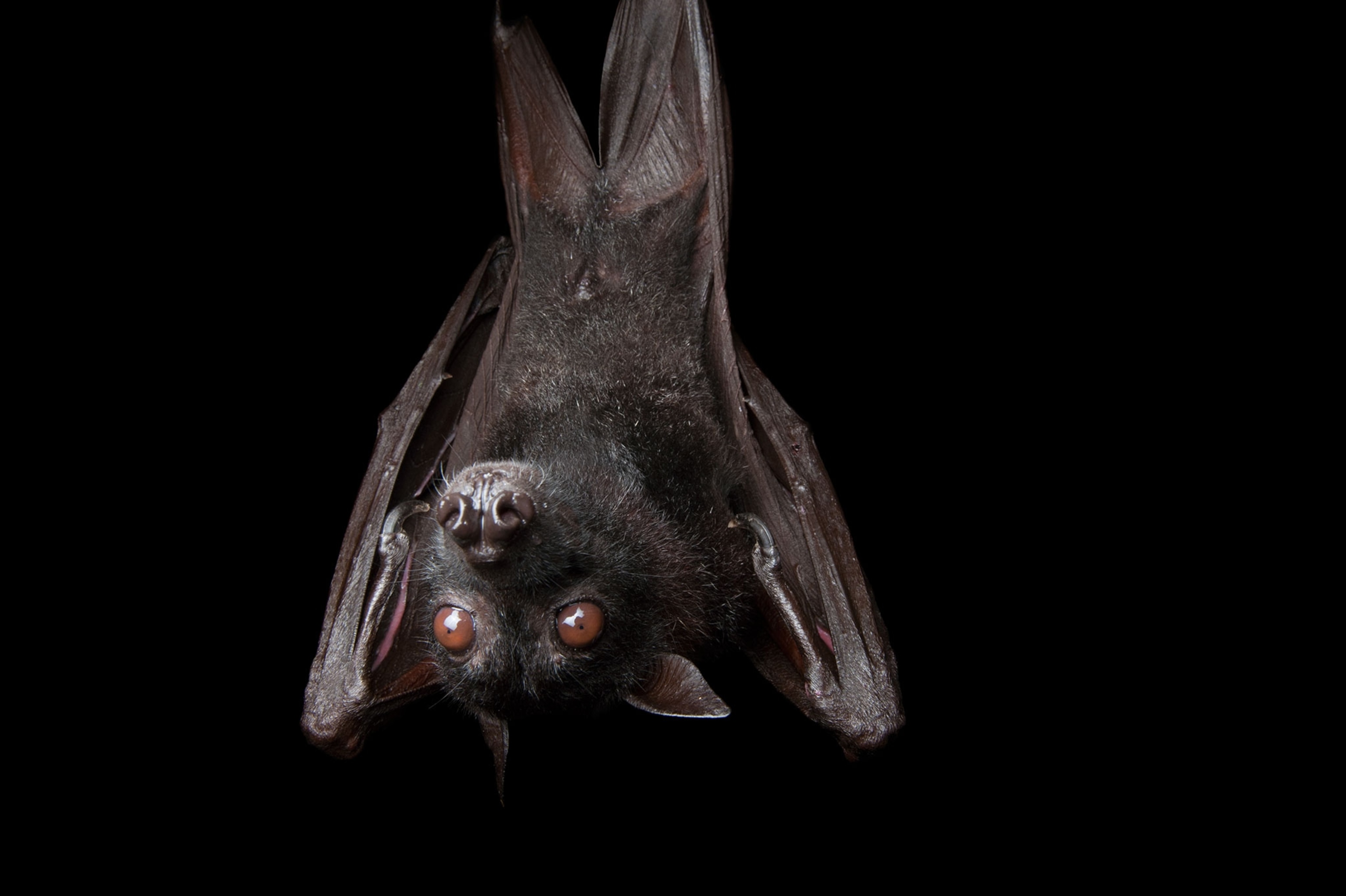
Although most people are uneasy about bats and a little fearful, the reality is that they have probably the finest safety record on our planet when it comes to animals living harmoniously around people without harming anybody.
Here in Austin, a million and a half bats live under a downtown bridge, eat 15 tons of insects a night, and bring in twelve million tourist dollars a summer. When the bat colony first moved under the bridge, health officials warned that they were dangerous, rabid, going to attack people.
Everybody panicked and wanted them eradicated. But I convinced the city that the bats were worth keeping and they did. In the 35 years we have had our bat colony, no one has been attacked or harmed by one of those bats. Bats make wonderful neighbors. Everybody loves them!
There are a vast variety of bat species. Give us an overview.
There are bats that would compete with pandas for cuteness; there are also bats that would compete with dinosaurs for weirdness. They vary from as large as a vulture to weighing less than a penny; from black and brown to brightly-colored.
There are more than 1,300 kinds of bats in the world—those that catch possums and rats; those that eat birds; those that eat frogs or lizards. Almost anything that’s edible there’s probably a bat out there that eats it. But the vast majority of bats eat insects, and we’re very lucky for that.
Your name, Merlin, suggests you might lead a magical life, and you’ve had some miraculous escapes. Tell us about some of your most dangerous moments.
Well, I have had some close calls. There was one particularly tense moment in Thailand when I was climbing into a cave and suddenly spotted a king cobra slithering out of it in the opposite direction. I froze. He was only a couple of feet away from me, but had no particular interest in attacking me as long as I didn’t look like I was going attack him, and I certainly was being careful to look like I wasn’t going to attack him! [Laughs]
Another time, we were up in the mountains above Caracas when we inadvertently ran into a group of Communist guerillas. They jumped in their jeeps and captured us. Luckily, I made friends with a local party boss, whose jeep we had borrowed.
So, when the guerillas caught us, they recognized the local party boss’ jeep. They radioed him for advice, and he just thought it was a big joke. He used to call me his amigo Yankee, and I always called him my amigo commie. [Laughs]
The worst thing that happened to me was when I was working in Bracken Cave in Texas, chronicling the free-tailed Bats. There is a weird synergy between bats and beetles that feed on bat guano. The beetles produce ammonia levels in these caves that can be lethal to humans. I had bought a respirator and spent nearly a month going down into the cave every day, spending hours photographing the bats.
One day I went down into the cave and I didn’t get 20 feet inside before I realized that I was never going to climb back out if I went any further. I was that faint. I turned around and ended up having to get to the hospital where they discovered I only had 35 percent lung capacity due to ammonia poisoning—my respirator had been leaking!
What are the most important things you want us to know about bats and how they influence our lives?
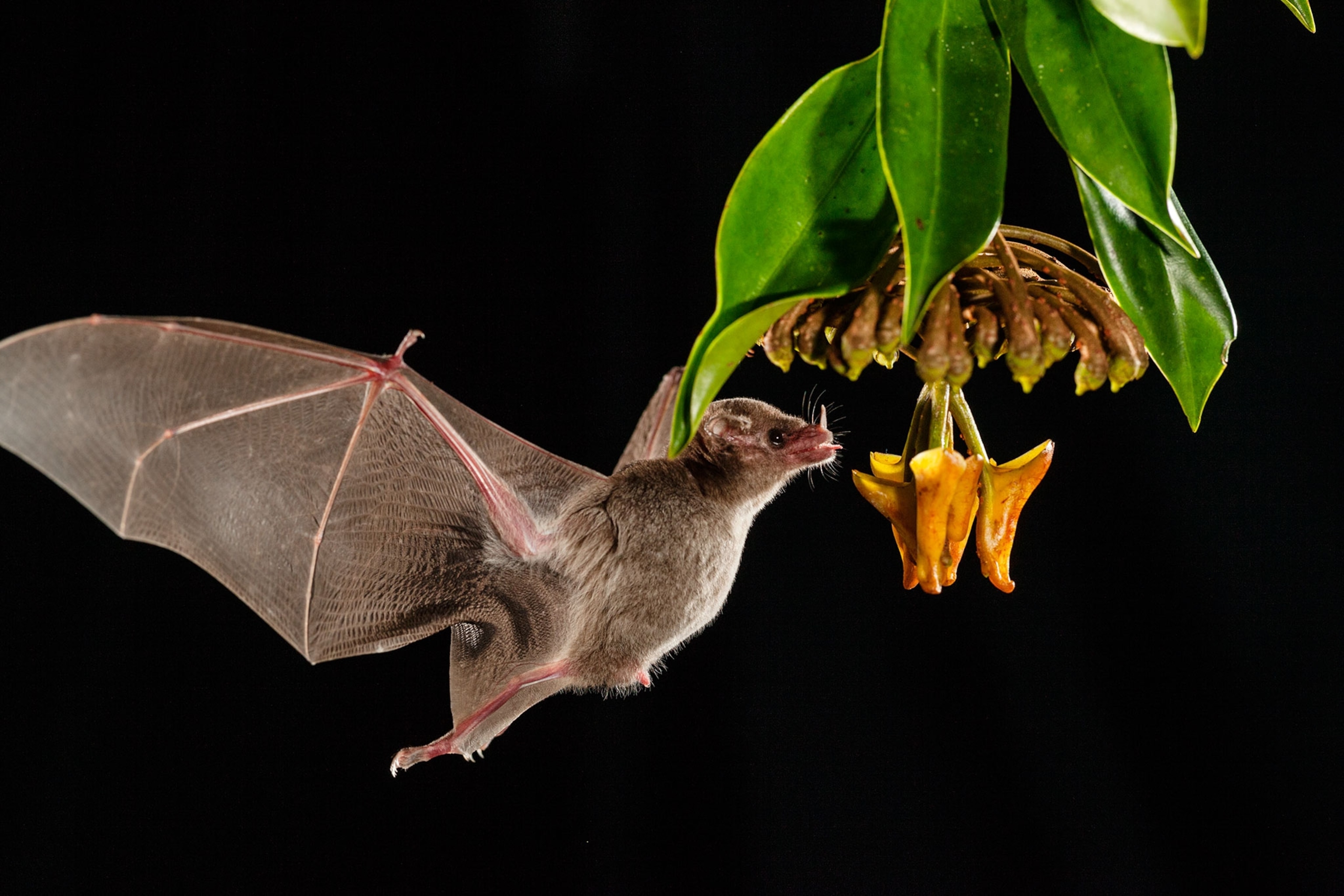
Bats are key role-players in insect consumption and keeping insect populations in balance, pollinating flowers and dispersing plant seeds. They sustain whole ecosystems from rainforests to deserts; they live on remote Pacific islands to the Andes. One bat can catch over 1,000 mosquito-sized insects in a single hour and are the dominant predators of night flying insects.
Without bats we could be buried in pests. They are critically important to the ecosystem and if we would let them, they would help us reduce our dependence upon pesticides by controlling crop pests.
I don’t know of any group that is more fascinating or diverse. They’ve been around since the age of dinosaurs; they were here tens of millions of years before there was ever a human on the planet. They’re just incredible animals, and anyone who understands bats ends up liking them.




